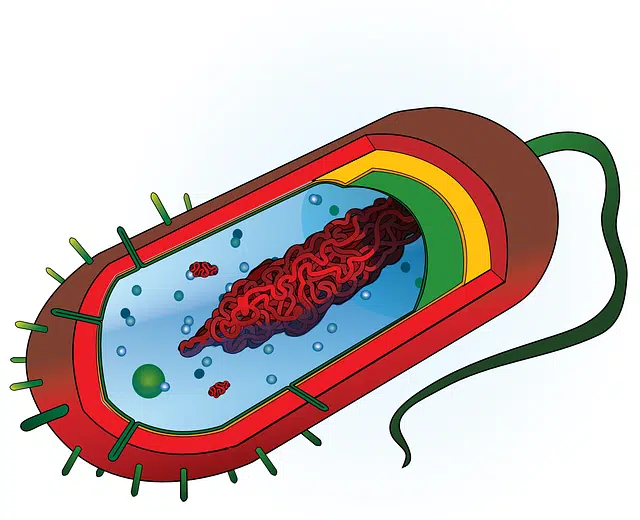
Ribosomes are organelles that are present in cells.
Ribosomes are cell organelles . In these structures that lack a membrane, the last steps of protein synthesis are carried out.
The chemical composition of ribosomes is given by proteins linked to ribosomal ribonucleic acid ( rRNA ) that comes from the nucleolus. Ribosomes can be attached to the endoplasmic reticulum or found in the cytoplasm.
Characteristics of ribosomes
With a size of about 30 nanometers (a nanometer is equivalent to one billionth of a meter, that is, dividing a meter into a billion), ribosomes can only be observed with the use of electron microscopes. In the case of eukaryotic cells , ribosomes are slightly larger (about 32 nanometers) compared to prokaryotic cells (less than 30 nanometers).
In each ribosome it is possible to recognize two subunits: one major and one minor. Both arise from the cell nucleus separately and are linked to each other through charges .
Its functions
The function of ribosomes is the synthesis of proteins by using the genetic data they receive from messenger RNA ( mRNA ). mRNA, in short, is ribonucleic acid that houses the genetic code that comes from the nucleus of the cell. In this way, it defines how the amino acids of proteins should be joined together, functioning as a kind of pattern or model for synthesis.
The genetic process that ribosomes develop is known as translation . In it, the ribosome is responsible for “reading” the mRNA and then assembling the amino acids that the transfer RNA provides to the protein.
Scientists have distinguished twenty amino acids . Each one is encoded in the genetic code by one or more codons: in total, 64 codons are known. Codons are triplets of nucleotides and ribosomes, in their translation process, work with these elements.

There are different types of ribosomes.
The svedberg unit and ribosomes
In addition to the nanometer, a unit of measurement known as the svedberg is also used in this area, whose symbol can be either S or Sv . It is important to note that it is not part of the International System of Units. Its name was conceived in honor of Theodor Svedberg, a chemist and physicist from Sweden, Nobel Prize winner in Chemistry for having invented the ultracentrifuge (a device of interest to biochemistry, polymer science and molecular biology) and their contributions to the chemistry of colloids.
The svedberg unit is used to measure the sedimentation coefficient of a macromolecule or particle when they go through the centrifugation process under normal conditions; This coefficient is obtained by dividing the constant sedimentation velocity of the particle or macromolecule by the acceleration applied to them. It should be noted that the S indicates a magnitude of time: 1S is equal to 10 seconds to the power of -13 . Furthermore, it is a non-additive unit; This is seen in the case of eukaryotic ribosomes, since, despite containing a 60S and a 40S subunit, they give a final value of 80S, instead of 100S.
Mitoribosomes and plastidials
One of the parts of the protein synthesis apparatus that mitochondria have is known as mithorribosomes or mitochondrial ribosomes . Its size can range from 50S to 72S, as seen in the genus of protists called Leishmania and in the genus of fungi called Candida , respectively.
The ribosomes seen in plastids (eukaryotic cellular organelles found in algae and plants) are called plastidial and resemble prokaryotes . In the same way as the latter, they measure 70S, although in their largest subunit they have a 4S rRNA which, in prokaryotes, corresponds to that of 5S.
